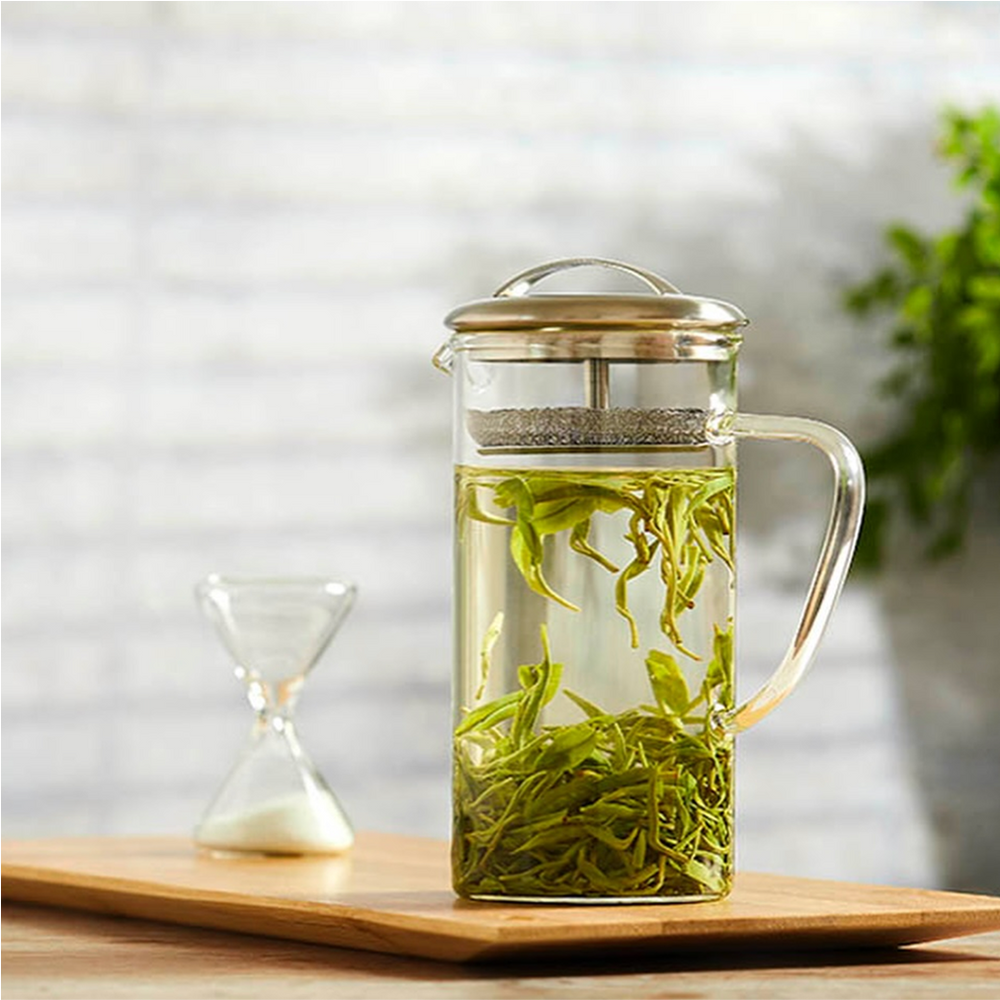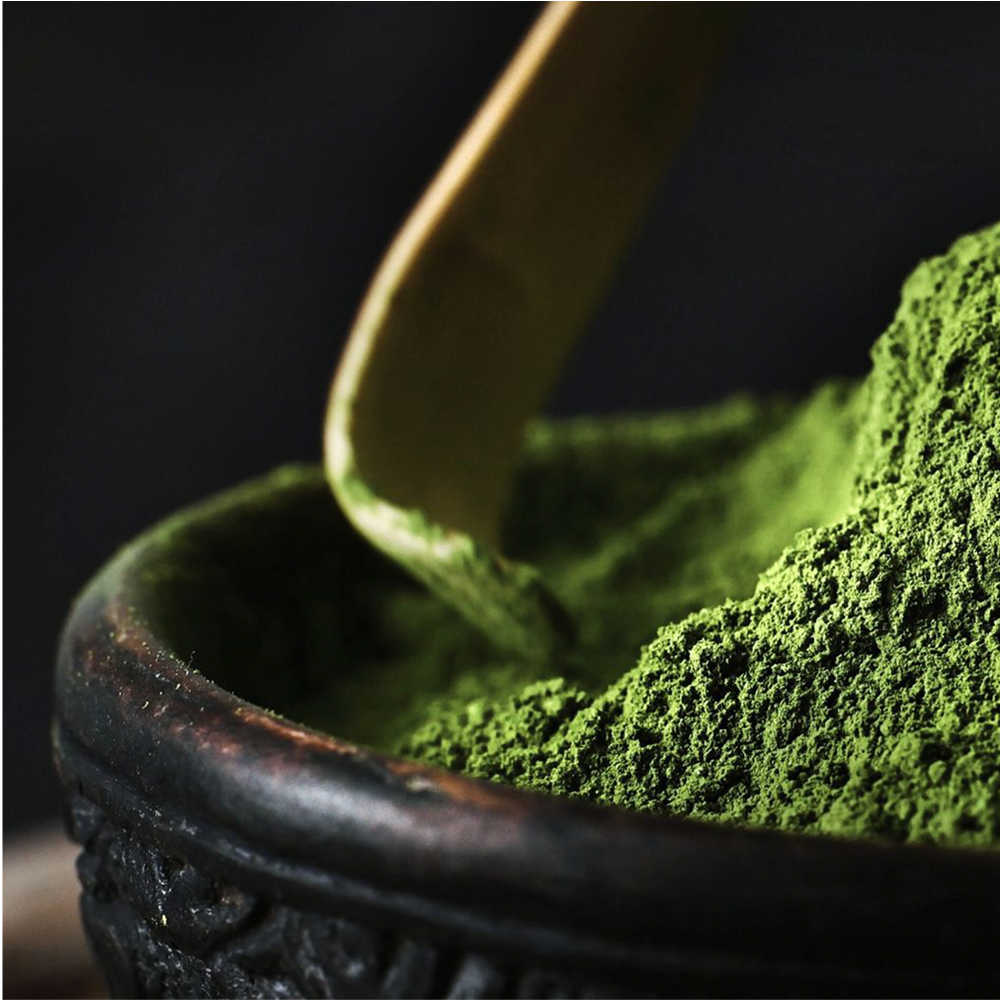A Deep Dive into Earl Grey Tea
Welcome to the captivating world of Earl Grey tea, a globally popular and distinctive black tea blend known for its enchanting bergamot scent. As you embark on this journey with us, you'll uncover the origins and benefits of Earl Grey tea, learn about its caffeine content, and discover tips on infusing the perfect cup.
What is Earl Grey Tea?
Earl Grey is a flavoured black tea infused with the aromatic oil of bergamot, a citrus fruit that gives it a unique citrusy profile. Historically, Earl Grey has a reputed association with Charles Grey, the 2nd Earl Grey and British Prime Minister.
Does Earl Grey Tea Have Caffeine?
Yes, traditional Earl Grey made from black tea contains caffeine, though levels can vary based on the tea base and steeping time.
Is Earl Grey Tea Good for You?
Earl Grey tea is cherished not just for its flavour but also for its health benefits. With its antioxidant content and natural compounds, moderate consumption of Earl Grey can seamlessly fit into a balanced, healthy lifestyle.
What are the Earl Grey Tea Benefits?
- Contains Antioxidants: Rich in flavonoids and theaflavins, Earl Grey helps combat oxidative stress.
- Has Anti-Inflammatory Properties: Bergamot oil contains natural anti-inflammatory compounds that may support immune health.
- Promotes Digestion: Traditionally used to soothe digestive discomfort.
- Gives a Natural Energy Boost: Offers a steady release of caffeine, supporting mental alertness without the jitters.
- Strengthens Teeth: Contains fluoride and catechins, promoting oral health.
- Reduces Scarring: Bergamot oil is noted for its potential antioxidant effects in skin repair.
Earl Grey vs Breakfast Tea: What’s the Difference?
- Flavour Profile: Earl Grey is fragrant and citrusy, while Breakfast Tea is bold and robust.
- Ingredients: Earl Grey infuses black tea with bergamot, whereas Breakfast Tea is a blend of strong black teas.
- Versatility: Earl Grey is versatile, enjoyed plain or with lemon, while Breakfast Tea is commonly taken with milk.
- Caffeine Level: Earl Grey has moderate caffeine, depending on the base, while Breakfast Tea typically contains more.
- Best Enjoyed: Earl Grey is perfect for mid-morning or afternoon, while Breakfast Tea pairs well with a hearty breakfast.
How to Infuse Earl Grey Tea
- Measure the Tea Leaves: Use 1 teaspoon (2g) of loose leaf Earl Grey per 250ml of water.
- Heat the Water: Freshly boiled water at 95–100°C is ideal.
- Pre-Warm Your Teapot: Helps maintain a stable temperature during steeping.
- Add the Tea Leaves: Ensure even distribution for consistent infusion.
- Pour in the Water: Gently and evenly over the leaves.
- Steep the Tea: For 3–5 minutes, depending on your taste preference.
- Serve the Tea: Enjoy plain, with lemon, or a splash of milk as you desire.
Enjoy Your Earl Grey Tea with JING
Earl Grey tea captivates with its rich history, health benefits, and the delightful interplay of citrusy and floral notes. Discover JING’s curated selection of Earl Grey loose leaf tea here and teabags here. Experiment with infusing, and let each cup transport you to a world of distinctive flavours and expert craftsmanship.
Explore more in our black tea collection and compare with our breakfast tea options. Your adventure in tea starts with a single, exquisite sip.





Leave A Comment